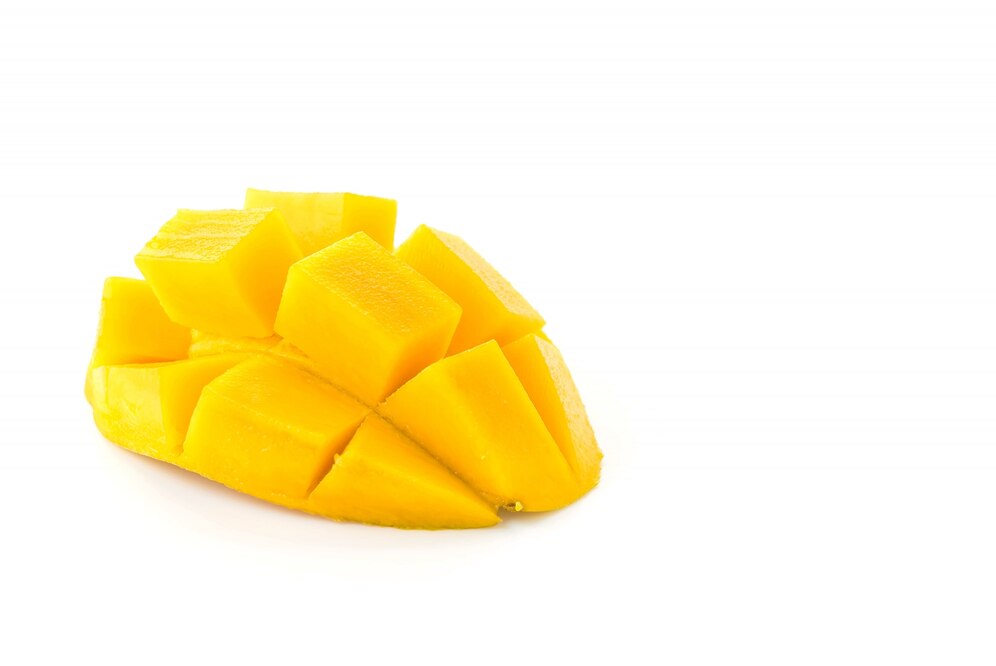
Mangoes are often called the ‘king of fruits,’ and among the many varieties enjoyed worldwide, the ‘East Indian mango’ stands out. Known for its rich flavor, aromatic scent, and smooth texture, this variety is a favorite where it is grown and consumed. The East Indian mango is more than just a fruit; it represents a cultural icon, a culinary delight, and an agricultural treasure that captures the essence of tropical splendor
Historical Significance and Origin
The mango, scientifically known as Mangifera indica, has a long and storied history that dates back over 4,000 years. It is native to South Asia, particularly India, and has been an integral part of the region’s culture, cuisine, and economy. The East Indian mango, as its name suggests, originates from the eastern regions of India, particularly from the states of West Bengal and Odisha. These regions provide the ideal climate and soil conditions for the cultivation of this exquisite fruit.
The history of the East Indian mango is intertwined with the agricultural practices and culinary traditions of the region. It has been celebrated in ancient texts, poetry, and folklore, symbolizing fertility, prosperity, and the arrival of the monsoon season. Over centuries, the East Indian mango has made its way into the hearts and homes of people. It becoming an indispensable part of their diet and culture.
Characteristics of the East Indian Mango
The East Indian mango is distinguished by its unique characteristics that set it apart from other varieties. It is known for its medium to large size, vibrant yellow-orange skin, and slightly flattened shape. The fruit’s skin is thin yet resilient, often displaying a beautiful gradient of colors that range from green to yellow to a deep golden hue as it ripens.
One of the most appealing features of the East Indian mango is its flesh. It is incredibly smooth and juicy, with a rich, buttery texture that melts in the mouth. The flavor is a perfect balance of sweetness and tanginess, often described as a complex blend of floral, tropical, and citrus notes. The mango’s stone is relatively small, allowing for more flesh to be enjoyed.
Cultivation and Harvesting
Cultivating East Indian mangoes requires specific climatic conditions that are typically found in tropical and subtropical regions. These mangoes thrive in warm temperatures with ample sunlight and well-drained soil. The trees are usually planted in orchards and require careful management to ensure healthy growth and fruit production.
The process of growing East Indian mangoes involves several stages, starting with the planting of grafted saplings, which are preferred for their ability to produce consistent and high-quality fruit. The trees typically begin to bear fruit after three to five years, reaching full productivity in about ten years.
Harvesting East Indian mangoes is a meticulous task that requires precision and care. The fruit is usually picked by hand when it reaches the perfect stage of ripeness. Which is determined by its color, size, and aroma. Post-harvest, the mangoes are carefully handled to prevent bruising and are often subjected to a ripening process before they are ready for consumption or distribution.
Culinary Uses and Recipes
The East Indian mango is a versatile fruit that lends itself to a wide array of culinary applications. Its rich flavor and smooth texture make it an ideal ingredient for both sweet and savory dishes. Here are some popular culinary uses and recipes that highlight the versatility of the East Indian mango:
- Mango Lassi: A refreshing yogurt-based drink, mango lassi combines ripe East Indian mangoes with yogurt, sugar, and a hint of cardamom. Blended until smooth, it is a cooling beverage perfect for hot summer days.
- Mango Chutney: To make this tangy and sweet condiment, cook chopped East Indian mangoes with sugar, vinegar, spices, and sometimes onions and raisins. It pairs wonderfully…with Indian breads, grilled meats, and cheese platters.
- Aamras: A traditional Indian dessert, aamras is simply pureed ripe mangoes often flavored with cardamom and saffron. It is typically served with puris (fried Indian bread) or enjoyed on its own as a sweet treat.
- Mango Salad: A vibrant and healthy dish, mango salad features diced East Indian mangoes tossed with fresh vegetables. Like cucumber, bell peppers, and onions, dressed with lime juice, salt, and chili flakes for a zesty flavor.
- Mango Curry: A unique savory dish, mango curry is made by simmering ripe mango pieces in a spiced coconut milk gravy. It is a delightful combination of sweet, sour, and spicy flavors, served with rice or flatbreads.
Cultural and Economic Impact
The East Indian mango is more than just a fruit; it is a cultural symbol that plays a significant role in the lives of people in the regions where it is grown. Festivals and celebrations often feature mangoes as central elements, particularly during the summer months when the fruit is in season. Mango festivals, where different varieties are showcased and enjoyed, are common in many parts of India.
Economically, the East Indian mango contributes significantly to the agricultural sector. It supports the livelihoods of countless farmers, traders, and workers involved in its cultivation, harvesting, and distribution. The fruit is also an important export commodity, bringing in revenue from international markets where Indian mangoes are highly sought after.
Nutritional Benefits
The East Indian mango is not only delicious but also packed with nutritional benefits. It is a rich source of vitamins A and C, which are essential for immune function, skin health, and vision. The fruit also contains dietary fiber, which aids in digestion, and antioxidants that help combat oxidative stress and inflammation.
Moreover, mangoes are known to have various phytochemicals that have potential health benefits, including anti-cancer properties. Consuming East Indian mangoes as part of a balanced diet can contribute to overall health and well-being.
Conclusion
The East Indian mango is a treasure trove of flavor, nutrition, and cultural significance. Its journey from the orchards to the dining table is a testament to the agricultural expertise and culinary heritage of the regions that cultivate it. Whether enjoyed fresh, blended into a smoothie, or incorporated into a savory dish. The East Indian mango continues to captivate and delight people around the world. As a symbol of tropical abundance and a cornerstone of culinary traditions. This exquisite fruit truly lives up to its reputation as the king of fruits.

